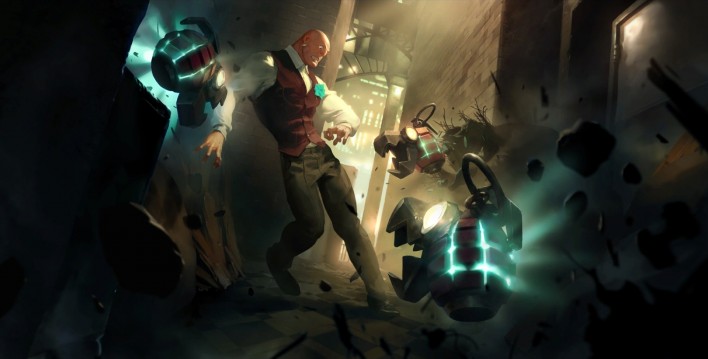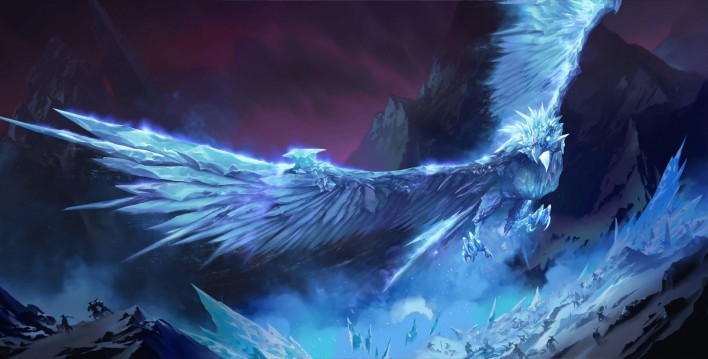
Managing Resources, Runes, and The Chain
Welcome to the final part of our Riftbound Strategy Series! By now, you've built your deck, played some turns, fought for control, and learned your keywords. In this finale, we’ll focus on the game’s most advanced layer: resource mastery and timing with The Chain.
Note: This is Part 5 of 5. Make sure you catch up on earlier entries in the series!
Understanding the Rune Deck
- Exactly 12 Rune cards
- Domain-locked to your Champion Legend
- Separate from your Main Deck
Energy vs. Power
- Energy: Generic resource
- Power: Domain-specific resource used to pay Power Costs
Rune Pool and Resource Flow
- Runes go to your Rune Pool when tapped or recycled
- Rune Pool empties each turn after the Draw Phase and again at end of turn
Tap and Recycle
Tapping a Rune gives Energy.
Recycling gives Domain Power and returns the Rune to your Rune Deck.
Managing Burn-Out
If your Main Deck runs out of cards, you Burn Out and draw anyway. Some modes punish this, so plan ahead to avoid it!
The Chain: Timing Engine
- When players respond to cards or effects, they stack in order
- Last In, First Out: Resolves from top to bottom
- Reactions are key to controlling The Chain
States and Priority
- Open State: You can take any Discretionary Action
- Closed State: Only Reactions are legal
- Showdown State: Both players may act if they have Focus
Advanced Tips
- Track your opponent’s Rune Pool—do they have Power left?
- Don’t waste resources—plan to spend all before they vanish
- Save Reaction-speed plays for Chains and Showdowns
- Balance Energy vs. Power needs during deckbuilding
Thanks for reading this series! We hope you feel more confident and competitive. See you on the battlefield!
![[headshot]](https://cdn.prod.website-files.com/686982383c6c59ff5f4d133b/687e76b6506a3dd9f0d3b54e_Logo256x.png)

